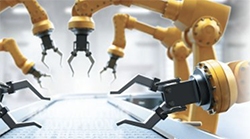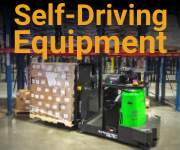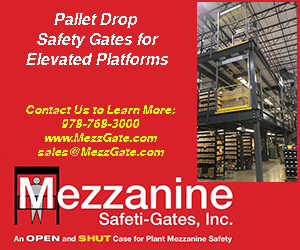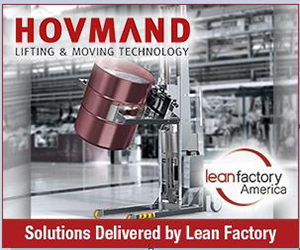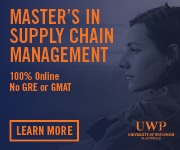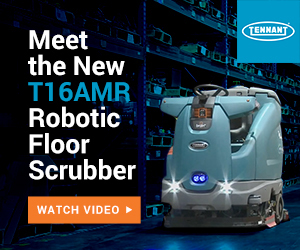 |
||||||||||||||||||||||||||||
| Archive | Subscribe | Send to a Friend | www.mhi.org | Solutions Magazine | ||||||||||||||||||||||||||||
|
Top Story
Technology and Innovation
Investing in automated guided vehicles (AGVs) is a great way to improve your operation’s efficiency. However, this efficiency boost can be achieved in one of two ways: quickly and smoothly, with the minimum of fuss, or via a long, painful and potentially expensive commissioning process. Consider the following six areas to help ensure you take the smooth path to success.
Can you imagine a future where technology allows your employees to manipulate machines with their brain waves instead of manual controls or a keyboard? It might not be as far off as you think. By harnessing the brain activity of individuals and developing an understanding of how they react over time, these pioneers hope to provide businesses and industries of all kinds with a tool that will enable a new workplace paradigm defined by enhanced worker safety, performance and productivity.
MHI Updates
When a damaged rack column is replaced or repaired, the state of the base plate (sometimes called foot plates) at the bottom of the column must also be assessed. The presence of base plates significantly reduces the risk of the industrial steel storage rack sliding or falling over should it be impacted.
One of the many well-documented effects of the COVID-19 pandemic has been consumers’ shift to shopping online instead of in-store. In an attempt to meet the rapidly rising demands of e-commerce against the backdrop of an existing labor shortage and new social distancing restrictions, more operations are exploring their automation options, including autonomous mobile robots (AMRs).
Transportation
Supply Chain Trends
COVID-19 has been a catalyst for companies to not only reevaluate existing and historic technology deployments, processes, systems, best practices and benchmarks, but also to reset their overarching approach. Many are now taking a much broader view of the complete, end-to-end dynamics of the value chain, as opposed to having a singular supply chain focus.
The supply chain industry experienced some “ah-ha” moments throughout the pandemic, one of them being the lack of insight into all levels of suppliers.
A series of 20 different areas should be reviewed, as detailed in MH27.2 Daily Operator Checklist for Enclosed Track Crane or Monorail Systems, a free document offered by the Monorail Manufacturers Association (MMA) of MHI.
Manufacturing
|
||||||||||||||||||||||||||||



